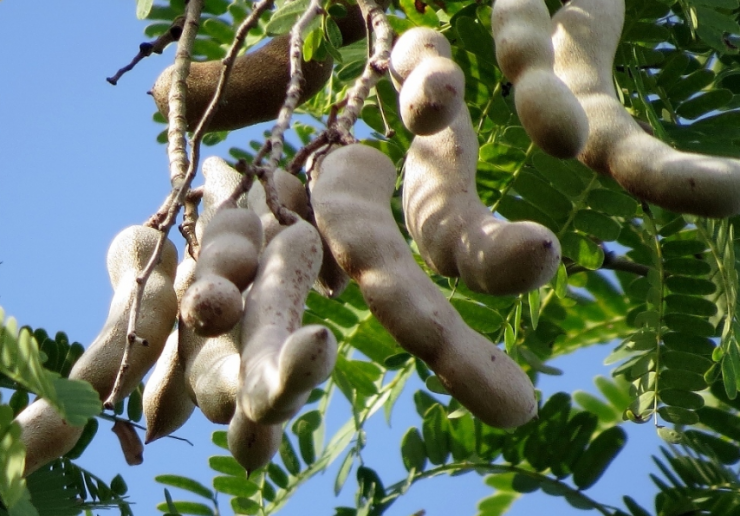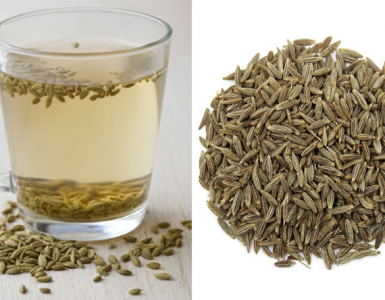Tamarind (Tamarindus indica) is a tropical fruit native to Africa but widely grown across Asia and Latin America. Housed in brown, pod-like shells, its sticky pulp offers a unique sweet-and-sour taste — and a powerful dose of nutrition and healing potential.Here’s what makes tamarind one of nature’s most underrated superfruits:
1.A Natural Digestive Aid
Tamarind is a traditional remedy for constipation and sluggish digestion. It contains tartaric acid and fiber, which stimulate bowel movements and improve gut health. Tamarind juice or pulp is often used in Ayurvedic and folk medicine as a natural laxative.
2.Supports Heart Health
Rich in polyphenols and flavonoids, tamarind helps lower LDL cholesterol (bad cholesterol) and raise HDL (good cholesterol). Its high potassium content also helps regulate blood pressure, making it a heart-healthy choice for adults of all ages.
3.Helps Control Blood Sugar
Studies suggest tamarind may slow carbohydrate absorption, making it useful for managing blood sugar levels. Its natural fiber content and antioxidants support healthy glucose metabolism — beneficial for people with or at risk of type 2 diabetes.
4.Loaded with Antioxidants
Tamarind is a potent source of vitamin C, beta-carotene, and polyphenols, which combat free radical damage. Regular consumption may support healthy aging, boost immunity, and reduce inflammation linked to chronic diseases.
5.Strengthens Bones and Joints
Tamarind contains essential minerals like magnesium, calcium, and phosphorus, which are vital for bone strength and density. Some traditional systems of medicine even use tamarind pulp to soothe joint pain and arthritis.
6.Boosts Energy and Fights Fatigue
Its natural sugars, combined with B vitamins like thiamin and riboflavin, make tamarind a great way to replenish energy — without synthetic stimulants. It’s a healthy way to beat sluggishness and tiredness during the day.
7.Natural Antimicrobial Agent
Tamarind pulp and leaves have been shown to have antibacterial and antifungal properties. In traditional medicine, tamarind water is used for sore throats, wound washing, and even oral hygiene.
How to Use Tamarind
- Cooking: Add pulp or paste to soups, stews, curries, and sauces for a tangy kick.
- Drinks: Tamarind juice or agua de tamarindo is refreshing and revitalizing.
- Chutneys & Dips: Common in Indian and Thai cuisines for its depth of flavor.
- Supplements: Tamarind extract is found in some digestive and heart health supplements.
Caution
Tamarind is acidic — excessive consumption may irritate the stomach or damage tooth enamel.
It may interact with aspirin or blood-thinners due to its natural blood-thinning effect.
Moderation is key, especially in concentrated forms.
The power of tamarind lies in its ability to heal, energize, and protect — all while adding a delicious, tangy punch to your meals. Whether you enjoy it as a snack, a spice, or a remedy, tamarind is proof that great things come in sticky little pods.






Add comment